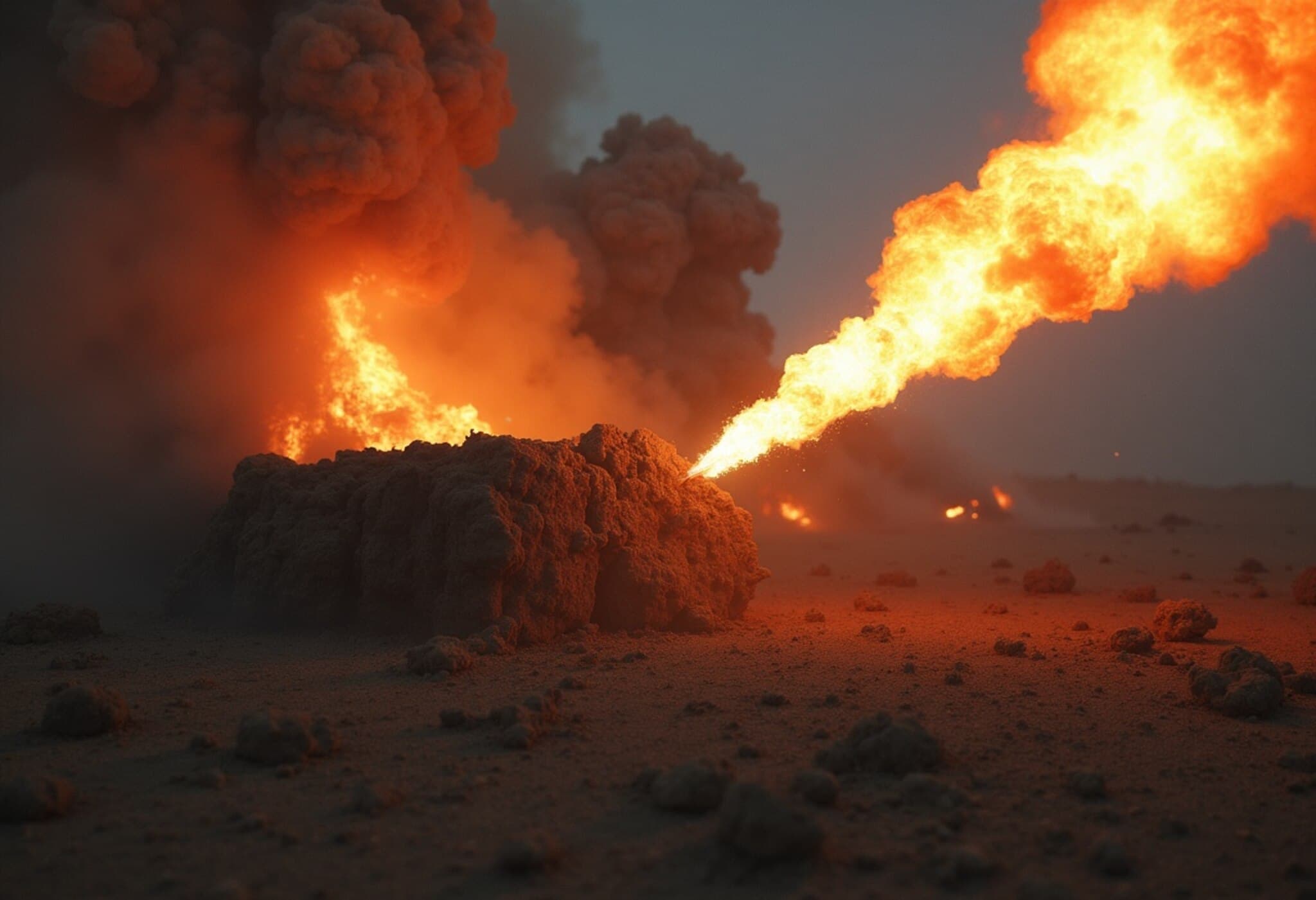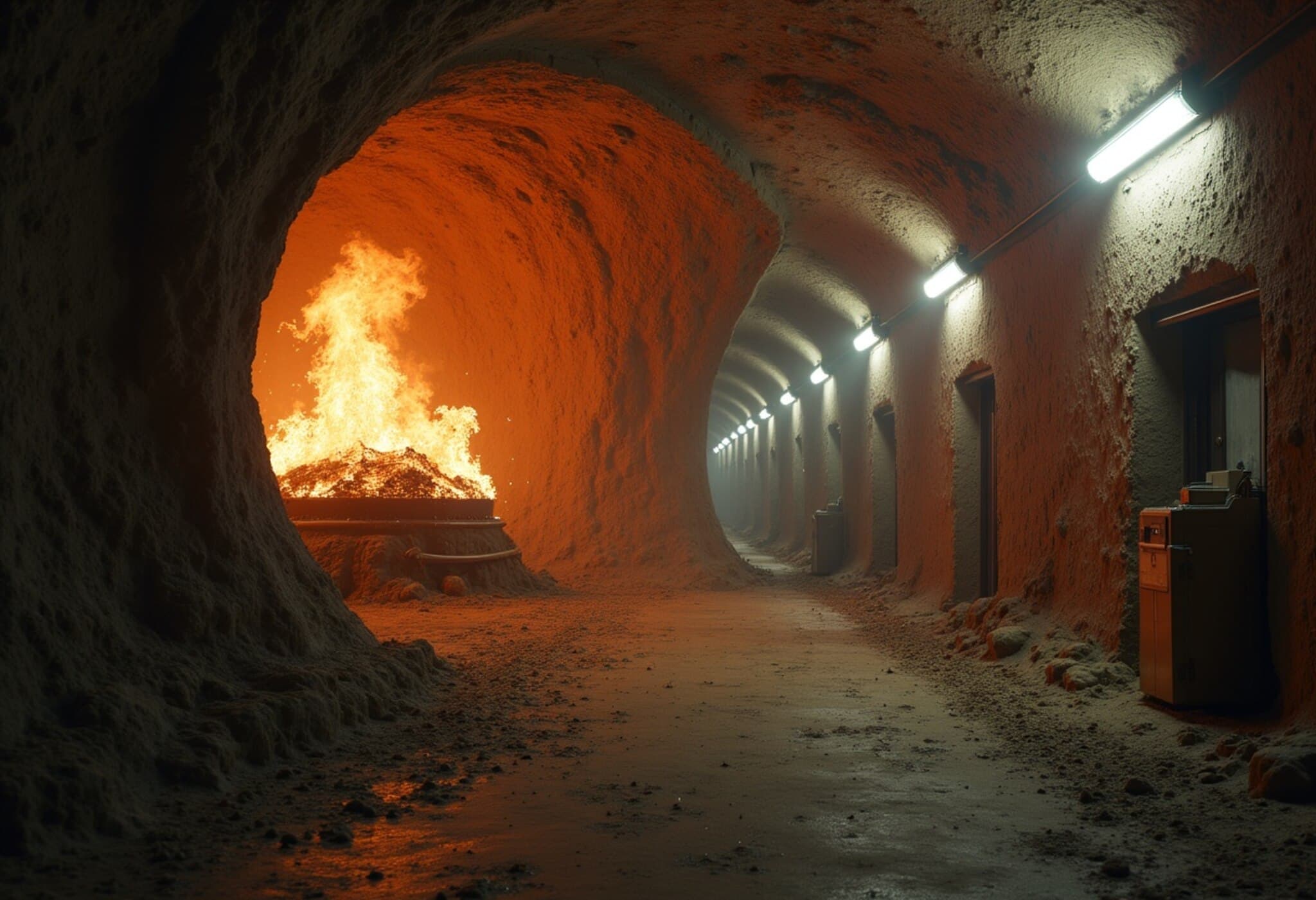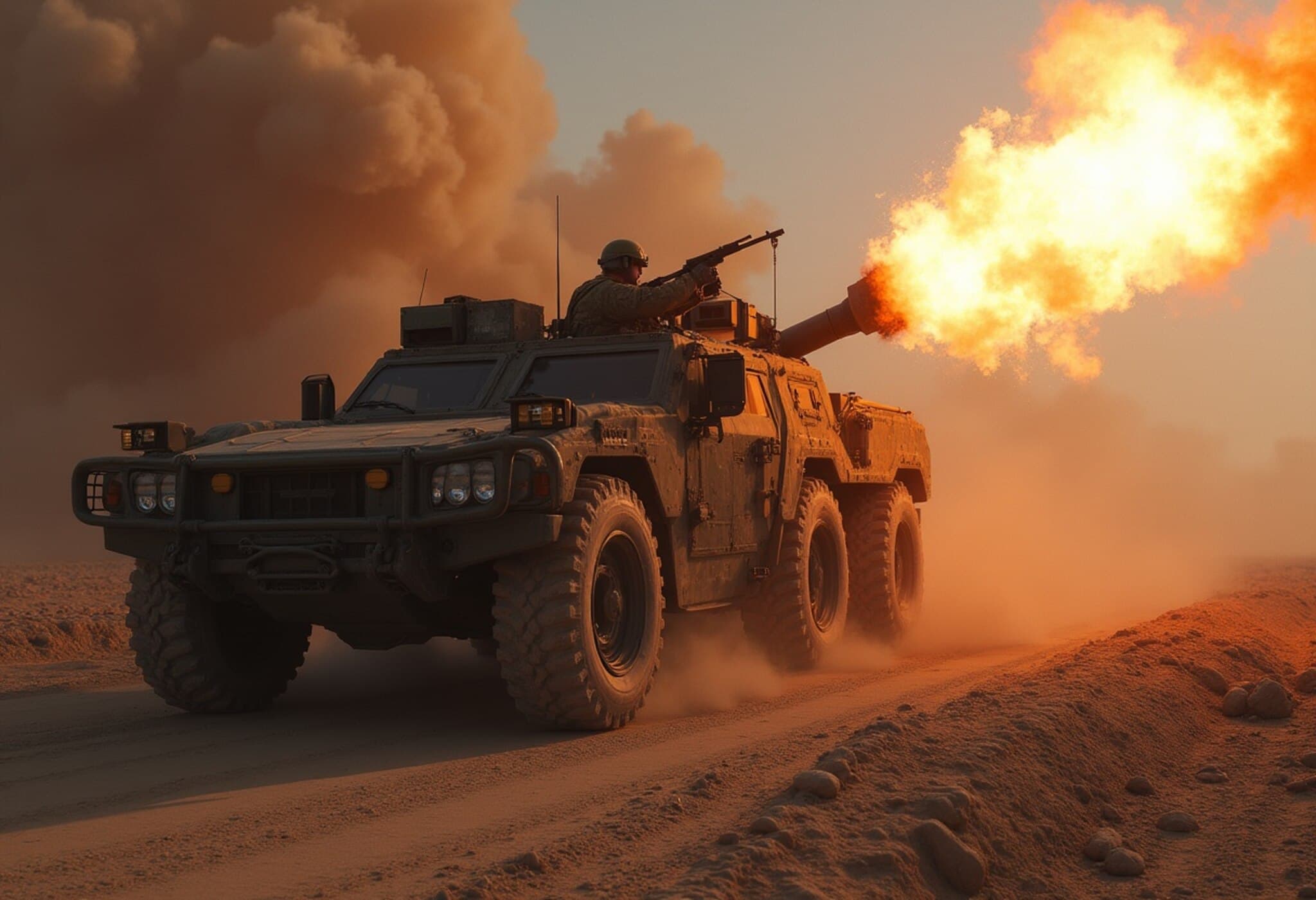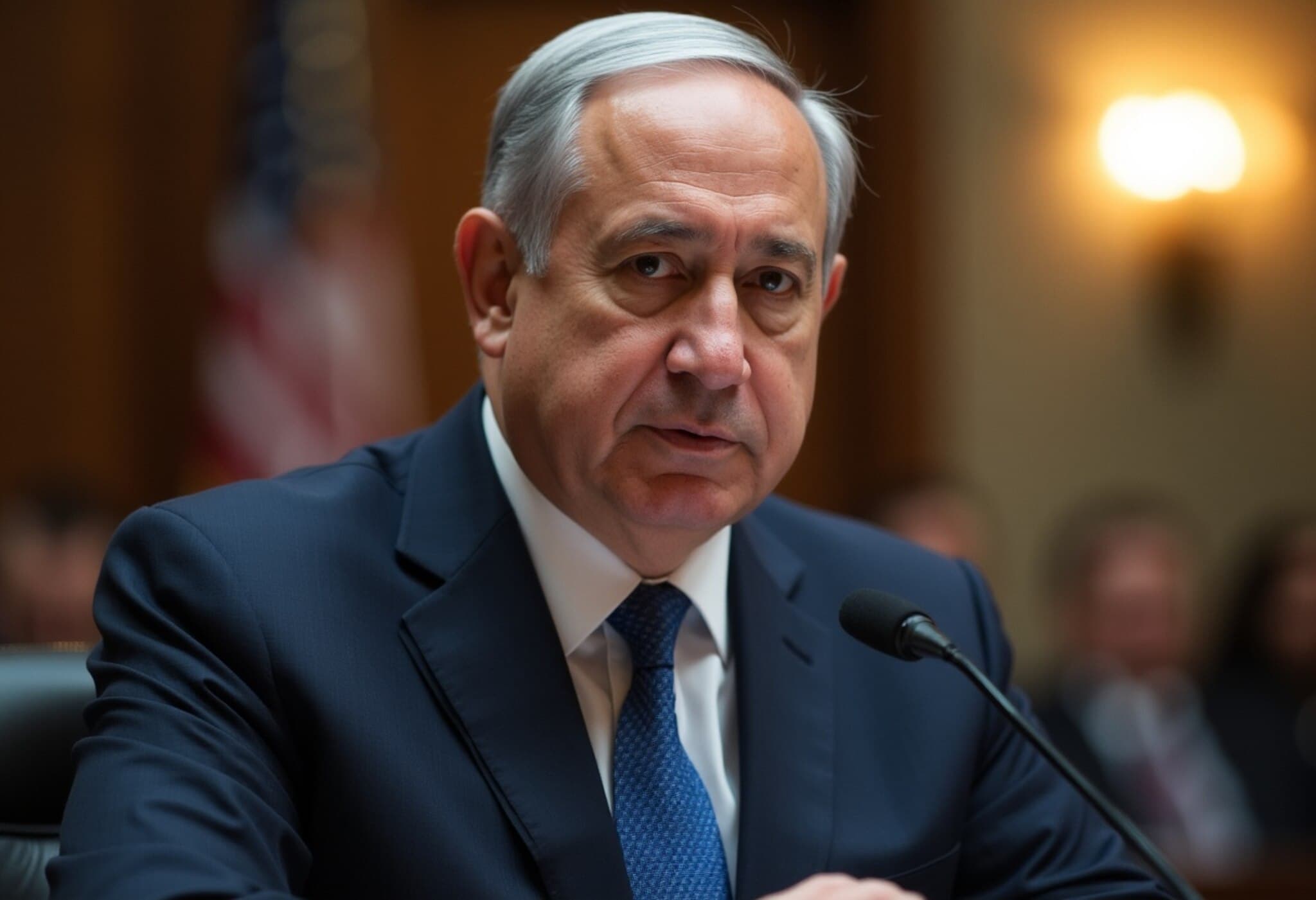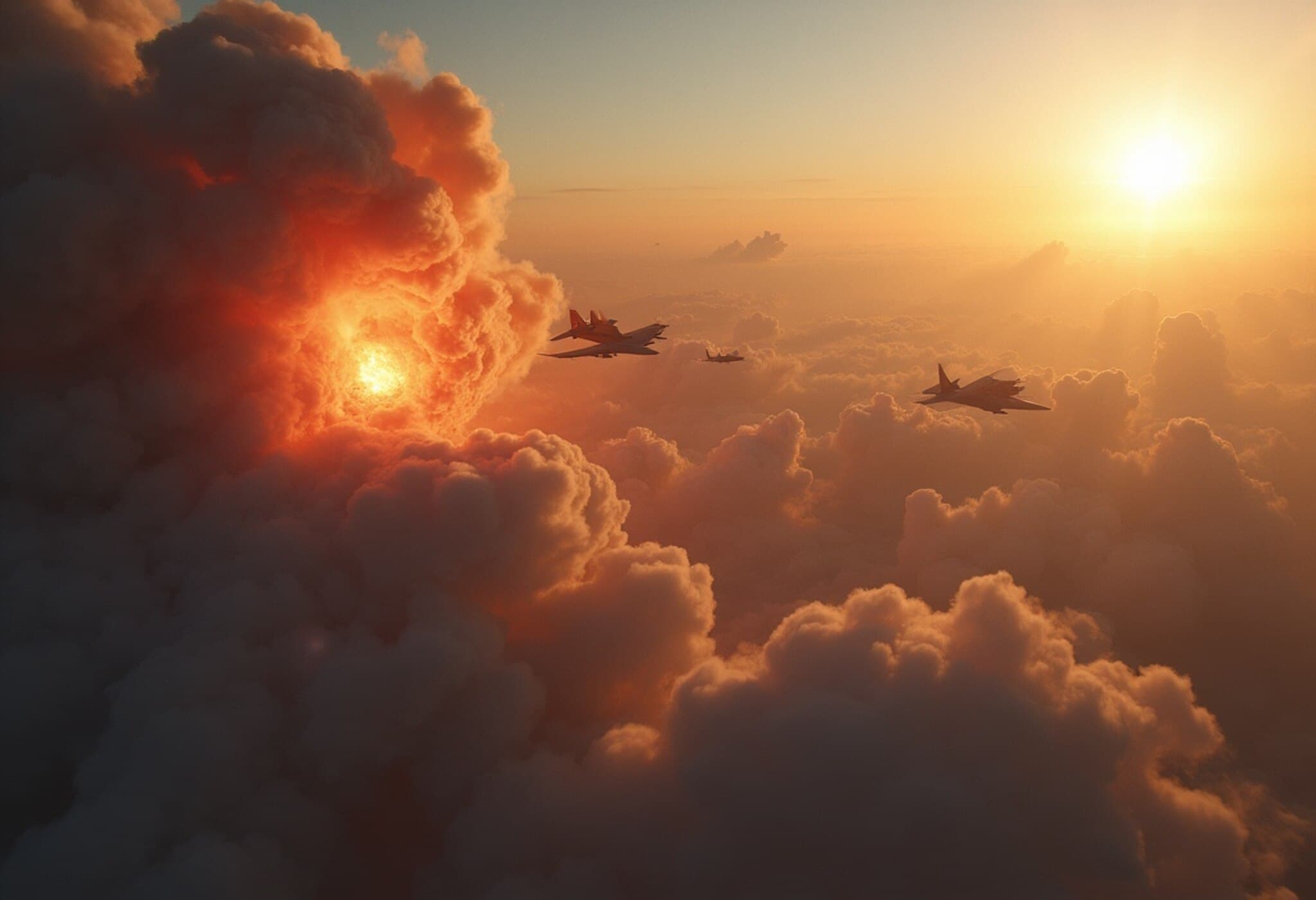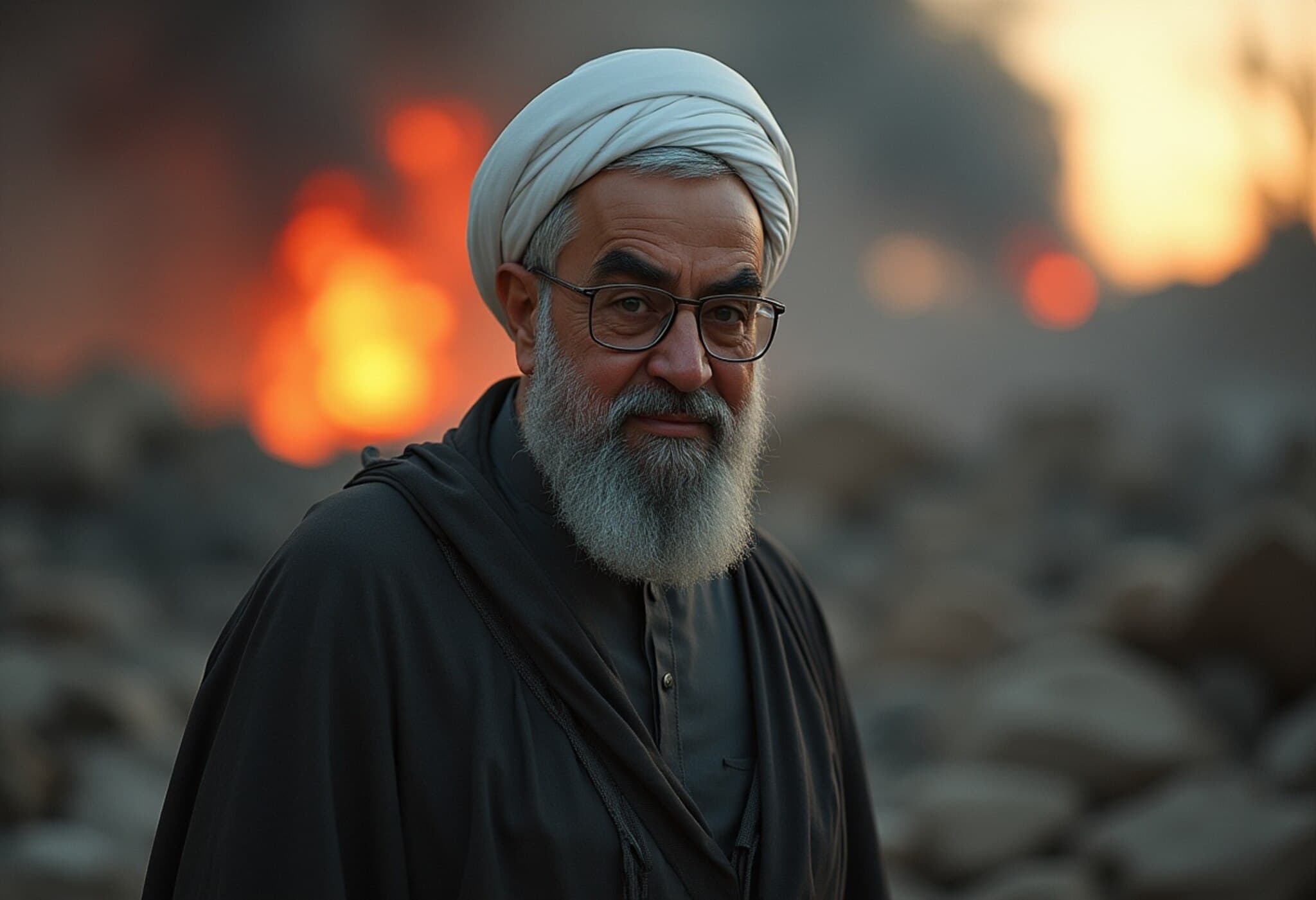Significant Uranium Stockpile Missing After US Strikes on Iran
In the aftermath of recent airstrikes on Iran’s nuclear facilities, a worrying development has emerged: 400 kilograms of uranium enriched to 60% purity has gone unaccounted for. This amount of uranium is enough to potentially produce up to 10 nuclear weapons if further enriched to weapons-grade levels.
Relocation to a Secret Underground Facility?
Both US and Israeli officials suspect that Iran may have moved this uranium stockpile to a clandestine underground site days before the aerial assault. Intelligence points to a secret storage location near Isfahan, an ancient city known for its strategic significance.
Prior to the strikes, satellite imagery captured Iran’s heavily fortified nuclear complexes, including a site built inside a mountain known for its resistance to missile attacks. This nuclear site, along with Fordow and Natanz, were targeted using specialized bunker-buster bombs designed to penetrate deep underground.
Details of the Attacks and Aftermath
- The US conducted coordinated strikes on three main sites: Fordow, Natanz, and Isfahan.
- Post-strike imagery revealed significant structural damage but no trace of large transport vehicles that might have moved the uranium.
- It remains unclear exactly which equipment or materials were relocated beforehand, but the loss of this uranium stockpile raises serious proliferation concerns.
International Response and Nuclear Watchdog's Concerns
The International Atomic Energy Agency’s (IAEA) chief has emphasized the urgency of resuming inspections at these sites, noting that the last inspection occurred just a week before the attacks. He warned that continued military escalations not only hinder critical monitoring activities but also reduce the prospects for diplomatic solutions aimed at preventing Iran from acquiring nuclear weapons.
Iran’s Nuclear Intentions in Question
Iran insists its nuclear program serves peaceful purposes only. However, Israel has repeatedly flagged Tehran’s nuclear advancements as inching towards a ‘point of no return’ in weaponization capability. Following the strikes, Iran threatened to exit the Non-Proliferation Treaty (NPT), a cornerstone of international efforts to curb nuclear arms spread, signaling deepening tensions.
Conflicting Intelligence Assessments
US intelligence presents a mixed picture. Some assessments suggest Iran is still at least three years away from developing a nuclear weapon, with the strikes only setting back the program by a few months due to its heavily fortified underground infrastructure.
In contrast, high-ranking officials have acknowledged that Iran possesses the necessary raw materials, and recent statements from intelligence leaders have evolved, reflecting shifts in official positions on Iran’s nuclear weapons development.
The Path Forward Amid Growing Tensions
The US administration highlighted its cautious approach regarding direct involvement in the conflict, emphasizing the hope that Iran and Israel can reach a peaceful resolution independently. However, with the uranium stockpile missing and military operations intensifying, global concerns over nuclear proliferation and regional stability are escalating rapidly.
President Trump described the bombing campaign as a decisive blow to Iran's nuclear ambitions, praising the precision and execution of the 37-hour operation involving advanced stealth bombers.
Key Takeaways:
- 400 kg of 60% enriched uranium is missing post-strike, enough for around 10 nuclear warheads if further enriched.
- Evidence suggests uranium and equipment were moved secretly before the attacks, reportedly near Isfahan.
- The IAEA urges resumption of inspections to prevent further nuclear development.
- Mixed intelligence assessments leave Iran’s nuclear weapons timeline unclear; tensions remain high.

